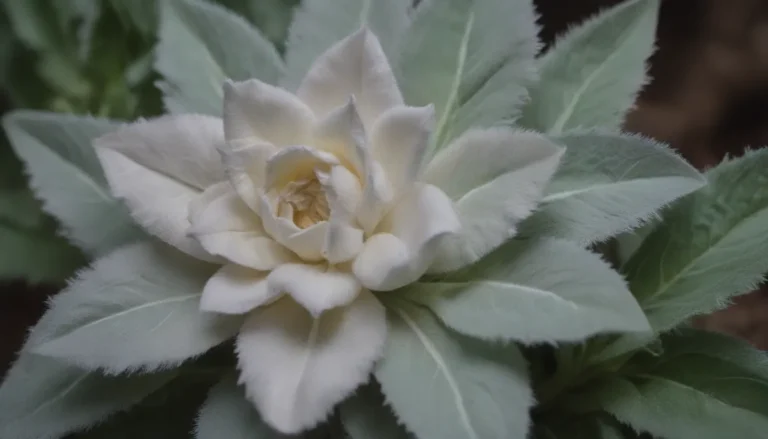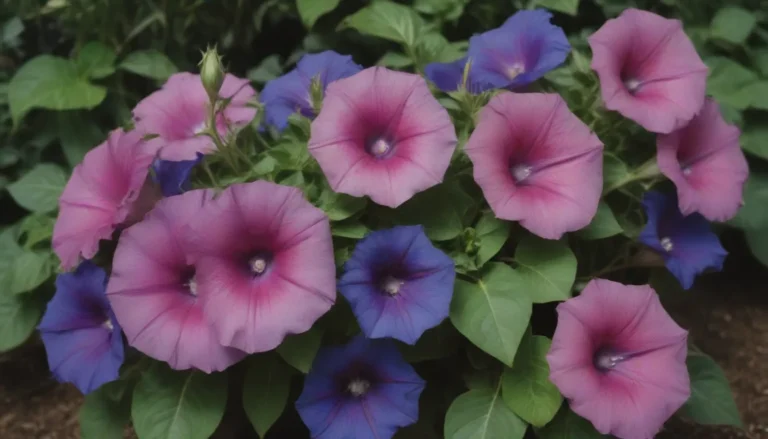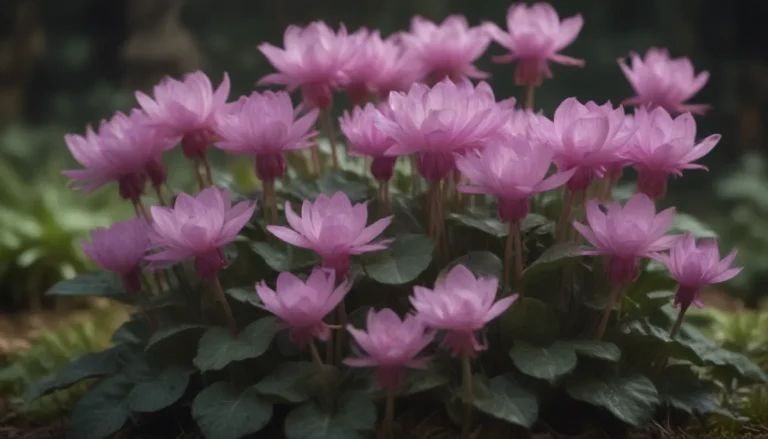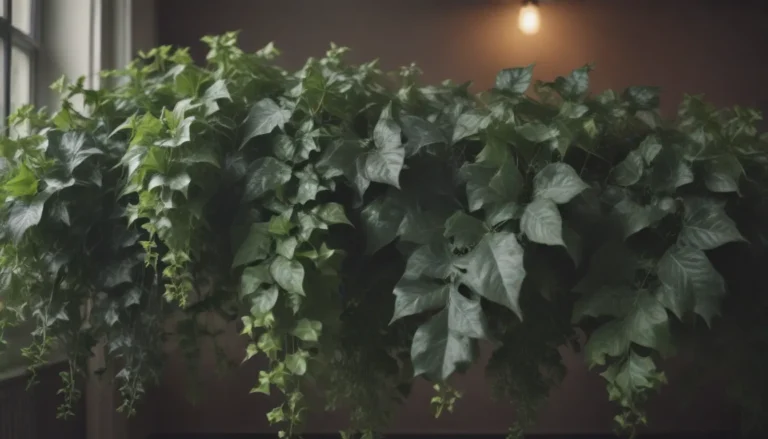All About Glacier Pothos: Growing and Caring for this Stunning Houseplant
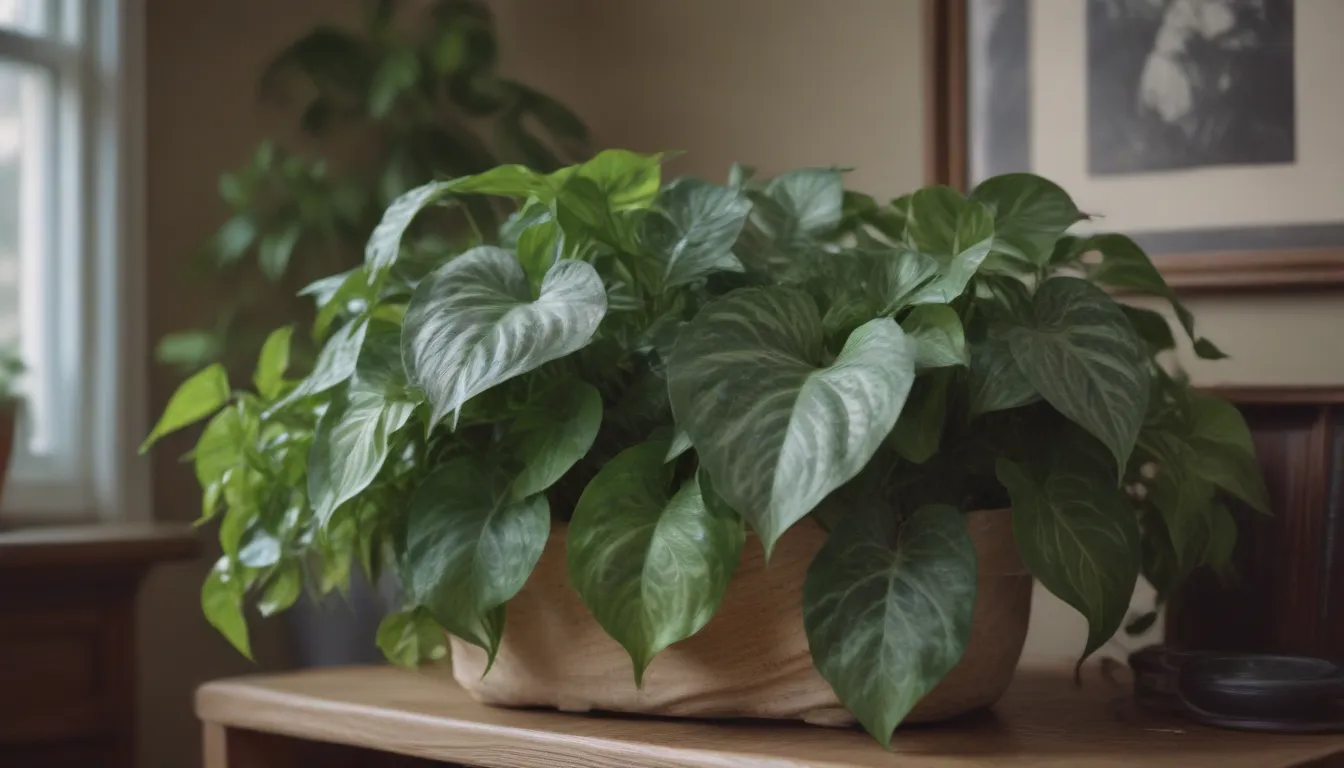
Are you a fan of pothos plants and looking to add a new variety to your collection? The glacier pothos might just be the perfect addition. With its beautiful green and white colors, this dainty plant is a real eye-catcher. In this comprehensive guide, we’ll take you through everything you need to know about growing and caring for glacier pothos, from light and soil requirements to common problems and solutions.
Getting to Know Glacier Pothos
Before we dive into the care tips, let’s get acquainted with the glacier pothos. This variety is often confused with its close relatives – the n’joy pothos and pearls and jade pothos. However, the glacier pothos can be distinguished by its silvery-green coloring and oval-shaped leaves. While it may be harder to come by compared to other pothos varieties, it’s definitely worth the hunt.
Just like its relatives, the glacier pothos is considered toxic to pets, so it’s important to keep it out of reach of your furry friends. Now, let’s move on to the essential care tips for this stunning houseplant.
Glacier Pothos Care Guide
Perfect for both plant novices and experienced growers, the glacier pothos is relatively easy to care for. Here are some key care tips to help your plant thrive:
Light
Glacier pothos thrives in bright, indirect light. Make sure to place it in a location that receives several hours of sunlight each day. While it can tolerate medium light, it’s best to avoid low-light conditions to prevent leggy growth and loss of variegation.
Soil
Plant your glacier pothos in a well-draining soil mix that retains some moisture. A 1:1 mixture of indoor potting soil and perlite is a great option. This will provide drainage for the roots and prevent soil compaction over time.
Water
Allow the top 2 to 3 inches of soil to dry out between waterings, then water your pothos thoroughly. It’s important to prevent root rot by ensuring proper drainage and avoiding overwatering.
Temperature and Humidity
Maintain a temperature range of 65 to 75 degrees Fahrenheit for your glacier pothos. While it can adapt to standard indoor humidity levels, providing extra humidity, such as placing a small humidifier nearby, can benefit the plant.
Fertilizer
During the active growing season in spring and summer, fertilize your glacier pothos monthly with a balanced liquid fertilizer. Stop fertilizing in the fall and winter when the plant is not actively growing.
Pruning Your Glacier Pothos
While pruning is not essential for glacier pothos, occasional trimming can help control its growth. Keep in mind that this variety is slow-growing, so any trimmed growth may take longer to be replaced. Pothos vines do not branch at pruning cuts, but new shoots may emerge from the closest node.
Propagating and Repotting Glacier Pothos
Propagating glacier pothos is easy using stem cuttings, allowing you to create fuller plants or share with friends. When repotting, aim to do so every 2 to 3 years unless the plant shows signs of being root-bound. Choose a pot that is only slightly larger than the current one to avoid overwatering.
Dealing with Pests and Diseases
While glacier pothos is generally pest-resistant, keep an eye out for common houseplant pests like spider mites, thrips, scale, and mealybugs. Regularly checking your plants can prevent infestations from spreading.
Troubleshooting Common Problems
If you encounter issues like yellow leaves, brown leaves, or stunted growth, here are some tips to help your glacier pothos bounce back:
Yellow Leaves
Yellow leaves can indicate underwatering, overwatering, lack of light, or excess light. Adjust your watering schedule, ensure proper lighting, and address any environmental factors contributing to leaf yellowing.
Brown Leaves
Brown leaves may result from low humidity, underwatering, or excessive sunlight. Maintain humidity levels, water your plant adequately, and protect it from direct sunlight to prevent leaf scorch.
Stunted Growth
If your glacier pothos shows slow growth, it may need more light and regular fertilization. Moving the plant to a brighter spot and providing proper nutrients can promote healthy growth.
Finding Glacier Pothos
While glacier pothos may be rarer than other pothos varieties, it’s not impossible to find with a little search effort. Look for this unique plant at nurseries or online plant shops specializing in rare varieties. Remember, the effort is worth it for such a stunning addition to your indoor jungle.
In conclusion, glacier pothos is a captivating houseplant that can thrive with minimal care. By following these guidelines and staying attentive to your plant’s needs, you can enjoy the beauty of this unique pothos variety in your home. So, go ahead, bring home a glacier pothos, and watch it flourish under your care!
Reference: American Society for the Prevention of Cruelty to Animals. “Golden Pothos.” Aspca.org.


